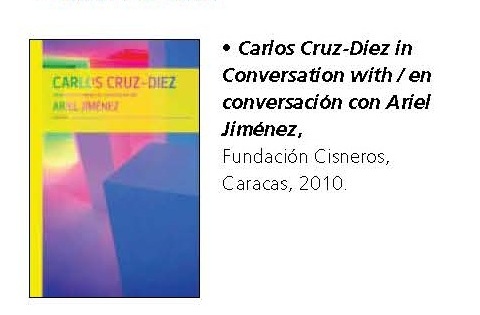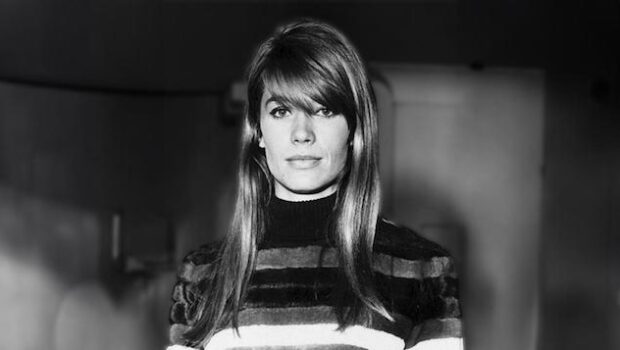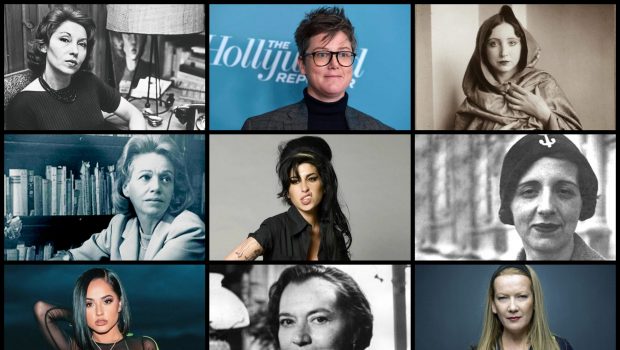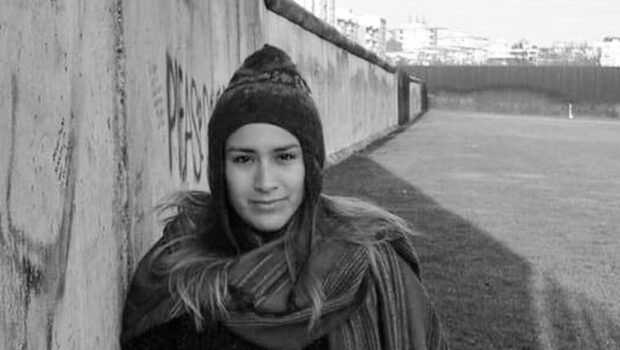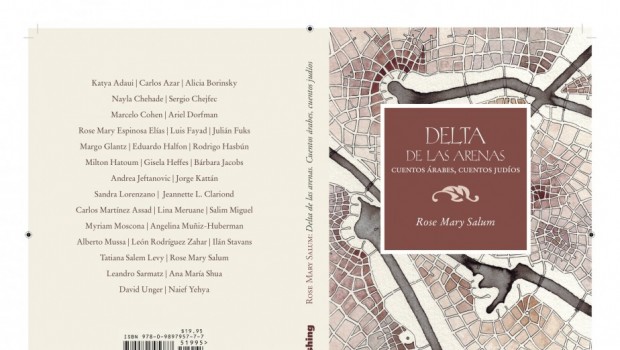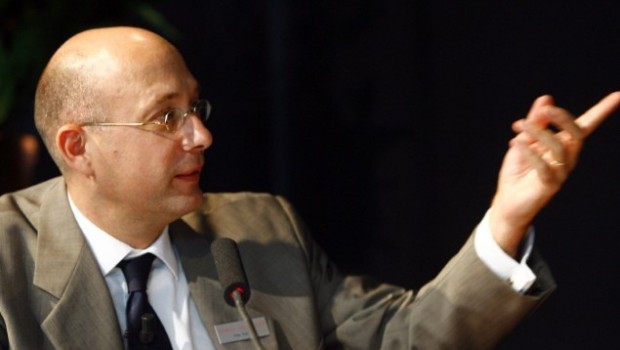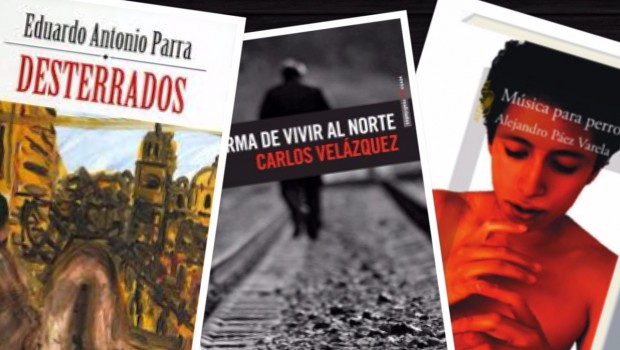The Liberation of Color
John Pluecker
Carlos Cruz-Diez’s work is about motion, about the liberatory potentional of color, about how objects change as you, the observer, move around them: the visual acrobatics that take place through movement, the passage of time and our motion through space. The work is also a challenge to the viewer to observe in new ways, to slow down and observe space and color in radically different ways. As Cruz-Diez says in the book, “My goal is for the viewer contemplating a Physicromie to feel the same pleasure I felt as I created it…[however] they are inured to this pleasure because we live in an age of brutality and violence.” In this sense, Cruz- Diez’s work is difficult; it asks something of the spectactor beyond a simple affirmative or negative reaction. Like much modernist art, it asks the spectator to evolve through their encounter with the sublime.
Despite such lofty goals, many spectators miss out on the experience and hurry past the objects or spaces. For decades in fact, the United States as a country had “hurried past” the art of Cruz-Diez, not fully grasping its import or its central struggles. Instead art critics, museums and galleries focused on the more easily digested, more pictoresque representations of Latin American art: principally Frida Kahlo and Diego Rivera. But a whole array of actors (in the U.S. largely lead by Mari-Carmen Ramírez and the Museum of Fine Arts Houston) have made a dogged effort to diversify and complicate Latin American art history. With its bilingual Conversations / Conversaciones book series, the Fundación Cisneros is part of this movement to diversify U.S. artistic conceptions of Latin America. The series opens up the artistic process of the artist to a wider public, allowing us a chance to understand the motivations, intentions and the development of the artists themselves. The goal of the foundation is to publish ten conversation books in total covering a diverse spectrum of artists: Tomás Maldonado, Ferreira Gullar and Jac Leirner among them.
The conversation in this book between art critic Ariel Jiménez and Cruz-Diez actually spanned a decade and what we have is an edited version with commentaries by Jiménez that attempt to locate Cruz-Diez in his larger context. The conversation is presented first in an excellent English translation by Kristina Cordero and then in its original Spanish.
In the conversations, the reader is allowed to understand the progression of his on-going experiments with color and his attention to materials, with their specific limits and possibilities. The conversation moves from his original forays in landscape painting in Venezuela into his experiments with cardboard and wood, then moving into PVC and aluminum constructions. Throughout the book, full color illustrations allow the reader to see the actual process visually in the artwork.
As I read the book, I ended up reflecting on what a different vision of Latin America Cruz-Diez provides to the world. And yet, Cruz-Diez makes clear efforts to downplay any kind of ethnic particularity as he strives to participate in a “universal” artistic dialogue. In one of the clearest statements of this proclivity, he mounts a physicromie on an esplanade in Paris in 1976 that was to be the new Place du Venezuela. The monumental artwork he mounts in the space uses an extremely subtle range of colors; as Cruz-Diez says, “I didn’t want people to regard my work with the typical folkloric, tropical stereotypes, so I stayed away from very strong colors and contrasts that would remind people of parrots and macaws.” The artist works against expectation and cliché ideas of “lo latinoamericano” on this commission, and yet it’s interesting to think that U.S. and European receptivity to his larger body of work must be partially based on the preexisting pairing of Latin America with vibrant colors.
In the conversation, Cruz-Diez dances nimbly between rejecting colonialist expectations and reinscribing old divisions between the European and the indigenous or African. At one point, he says he does not consider himself European or African or indigenous, but rather a product of their mixture. However, later in the interview, he speaks of the fact that he and his fellow avant-garde artists in Argentina, Brazil and Venezuela predominately “were wrong within a line of thinking that had come out of the West, and structurally we are children of Europe.” Cruz-Diez is constantly negotiating his own connections between Europe and Latin America. While he associates himself primarily with Europe, he works to establish kinetic art as a fundamentally Venezuelan artistic evolution. As many critics have pointed out, whether intentional or not, in this new century, kinetic and optical art have become markers of a new type of latinidad.
Ultimately, Cruz-Diez’s work attempts to effect change at two levels: first, opening up the individual to new ways of seeing and, second, altering conceptions of Latin American art internationally, playing into some preconceived ideas while challenging others. The art and this book raise the question: can color be a liberatory force for personal and global change? The decision is yours.
Posted: May 21, 2012 at 9:12 pm


